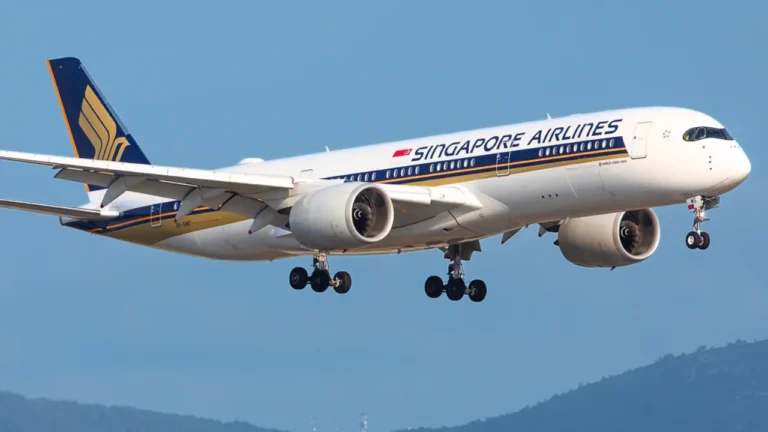SINGAPORE- World’s largest carrier, Singapore Airlines (SQ), is awarding employees an extraordinary profit-sharing bonus equal to 7.45 months of base pay after posting a record FY2024 net profit of $2.78 billion. The airline operates primarily from Singapore Changi Airport (SIN).
This bonus, which benefits tens of thousands of employees, follows the carrier’s strong annual results, largely boosted by a $1.1 billion one-time accounting gain from the Air India (AI)-Vistara (UK) merger.
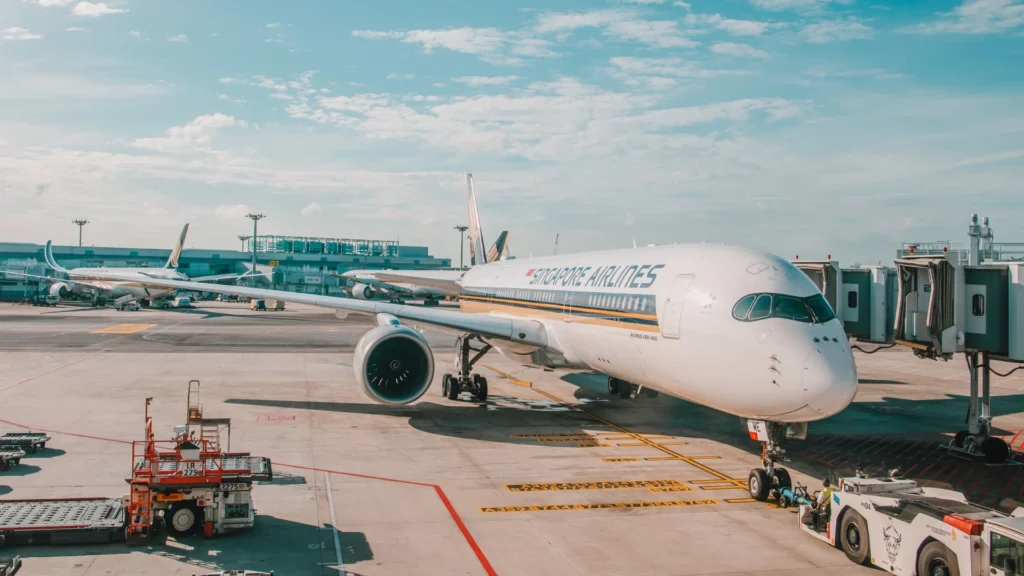
Singapore Airlines Profit and Employees Bonus
Singapore Airlines (SQ) has once again led the aviation industry in employee rewards, thanks to its robust performance in FY2024-25.
Despite facing competitive pressures and falling yields, the airline reported a record net profit of $2.78 billion.
Notably, $1.1 billion of this came from a noncash accounting gain due to the merger between Vistara (UK) and Air India (AI), both carriers in which Singapore Airlines holds equity.
Without this one-off, the operating profit stood at $1.7 billion, marking a decline of $1.02 billion compared to the previous year.
The resulting 7.45-month bonus is slightly below last year’s 7.9-month payout but above the 6.65 months’ worth awarded in 2023.
This payout is calculated using a formula pre-agreed with staff unions, a rare and transparent approach in global aviation.
While other airlines also reward staff when profits rise, Singapore Airlines remains one of the most structured and generous.
Emirates (EK), based in Dubai (DXB), recently announced bonuses equivalent to 22 weeks of basic salary, around six months, but without a defined calculation method.
By comparison, carriers like British Airways (BA) and American Airlines (AA) offer profit sharing that typically caps at 4% of annual wages.
ALSO READ: Delta Air Lines to Pay its Employees Five Weeks Bonus Worth $1.4 Billion
SIA Group Financial Metrics FY2024-25
| Metric | FY2024/25 Value | Change from FY2023-24 |
|---|---|---|
| Total Revenue | $19,540 million | +2.8% |
| Total Expenditure | $17,831 million | +9.5% |
| Net Fuel Cost | $5,386 million | +6.1% |
| Non-Fuel Expenditure | $12,445 million | +11.0% |
| Operating Profit | $1,709 million | -37.3% |
| Net Profit | $2,778 million | +3.9% |
| Passenger Numbers | 39.4 million | +8.1% |
| Passenger Load Factor | 86.6% | -1.4 points |
| Cargo Load Factor | 56.1% | +1.6 points |
Second Half FY2024-25
| Metric | Value | Change from 2nd Half FY2023-24 |
|---|---|---|
| Revenue | $10,042 million | +1.9% |
| Operating Profit | $914 million | -22.1% |
| Net Profit | $2,036 million | +65.0% |
| Passenger Yield | – | -4.5% |
| Cargo Yield | – | -2.1% |
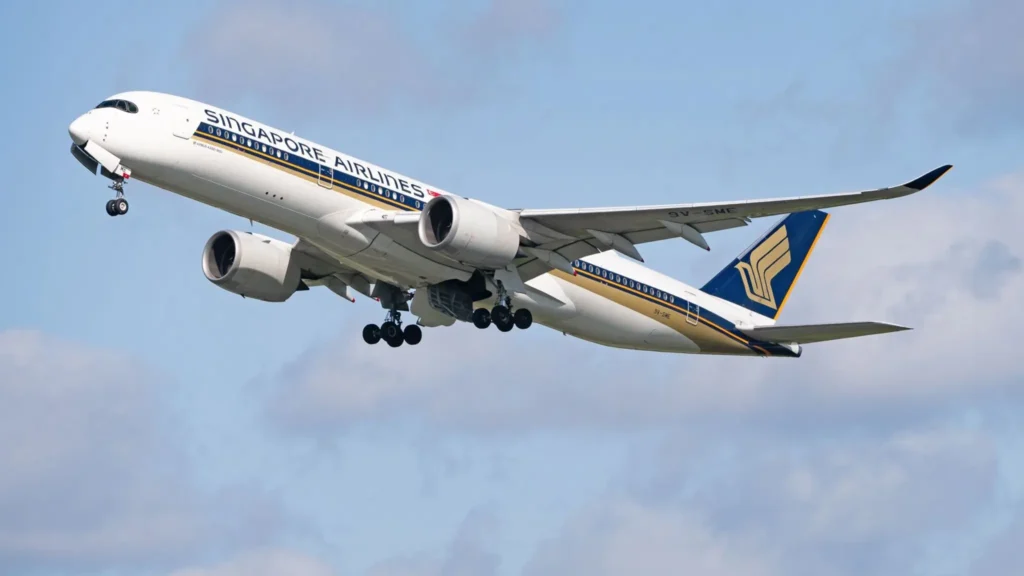
Lower Yields and Strong Competition
Despite posting a record net profit, the airline’s core operating environment showed signs of strain. Operating profit fell 37.3% YoY due to reduced passenger yields and increased competition across major Asian markets.
The passenger yield dropped 5.5%, and cargo yield fell 7.8%, as the global industry saw a surge in capacity.
Passenger traffic rose 6.4%, but was outpaced by an 8.2% increase in capacity, reducing the passenger load factor (PLF) to 86.6%.
Still, the airline group, including Scoot, carried a record 39.4 million passengers in FY2024-25, an 8.1% increase from the previous year.
Group revenue climbed 2.8% year over year to $19.54 billion. Cargo revenues, aided by rising e-commerce and sea freight disruptions, rose 4.4%, although competition limited gains.
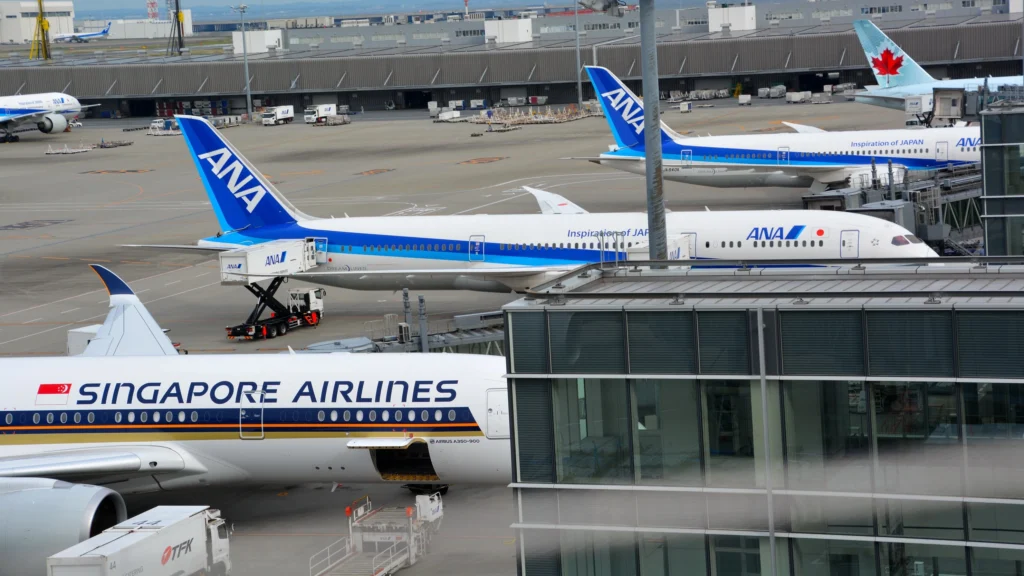
Strategic Partnerships and Network Expansion
Singapore Airlines (SQ) continues to strengthen its global presence through strategic alliances.
A deepened partnership with All Nippon Airways (NH) will introduce revenue sharing flights between Singapore and Japan from September 2025, with joint fare products available from May 2025.
This collaboration enhances connectivity, offering more fare options, coordinated schedules, and reciprocal benefits for KrisFlyer and ANA Mileage Club members.
The partnership may expand to markets like Australia, India, Indonesia, and Malaysia, pending regulatory approval, boosting Changi Airport’s (SIN) role as a transit hub.
The SIA Group’s passenger network spans 128 destinations across 36 countries, with SIA serving 79 and Scoot operating to 71.
For the Northern Summer 2025 season, SIA will increase services to Brisbane, Colombo, Jakarta, Johannesburg, London (Gatwick), Manila, and Seattle, while Scoot adds Iloilo City and Vienna.
The cargo network covers 132 destinations, benefiting from strong e-commerce demand despite a 2.1% yield drop in the second half of FY2024-25.
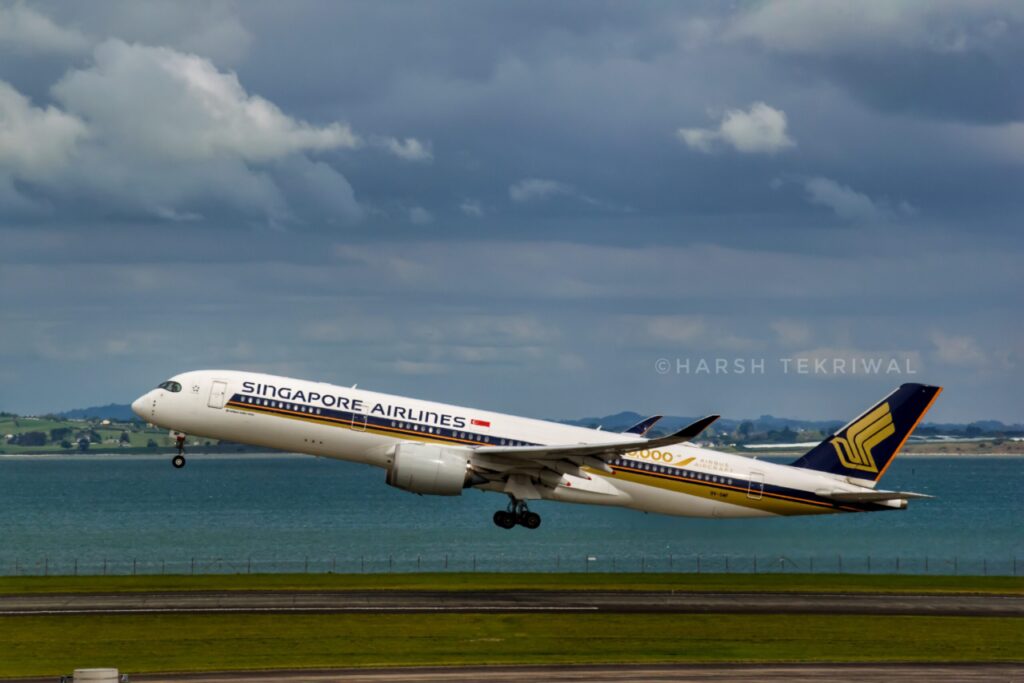
Strategic Investments in Fleet and Innovation
Singapore Airlines continues to invest in future growth and premium positioning. As of March 2025, the SIA Group operated 205 aircraft with an average age of under 8 years and had 78 more on order.
To elevate its premium travel experience, the airline announced a $1.1 billion investment in new long-haul cabin products for its Airbus A350 fleet, including a redesigned First Class for ultra-long-range routes.
Additionally, $45 million is being invested in revamping the lounges at Singapore Changi Airport Terminal 2, set to expand capacity and enhance comfort.
On the digital front, SIA is adopting generative AI to improve service and efficiency.
Collaborations with Salesforce and OpenAI are underway to develop AI-powered customer solutions, reinforcing the airline’s focus on innovation.
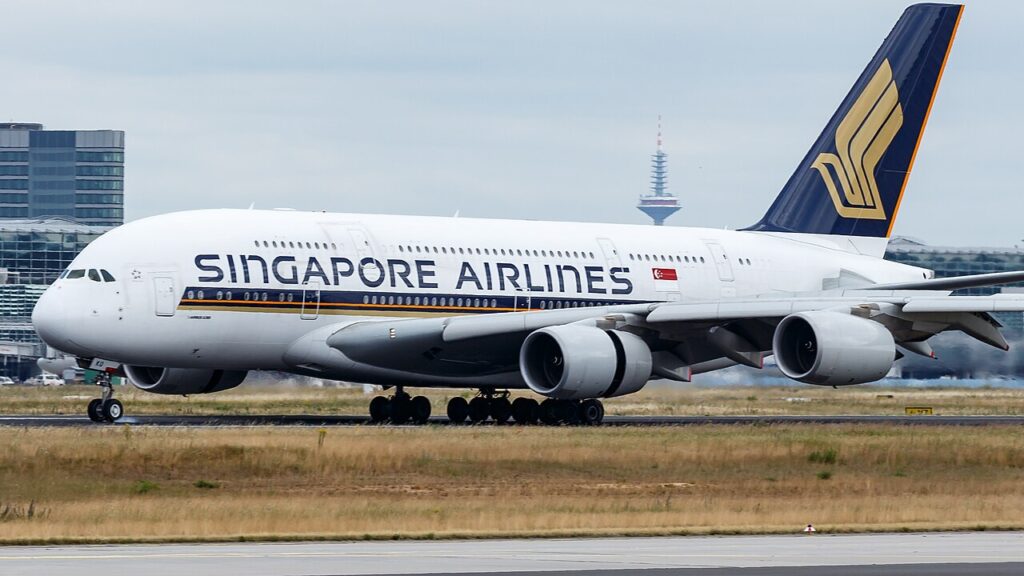
Future Outlook
Despite the headline making bonuses and record profits, Singapore Airlines has cautioned about future challenges.
The airline expects a “challenging operating environment” driven by geopolitical tensions, global trade disruptions, and economic uncertainty.
Cost escalation and fierce market competition will likely continue to pressure margins.
However, the airline’s long-term investments, strong balance sheet, and disciplined cost management are expected to help it weather these headwinds.
Stay tuned with us. Further, follow us on social media for the latest updates.
Join us on Telegram Group for the Latest Aviation Updates. Subsequently, follow us on Google News

